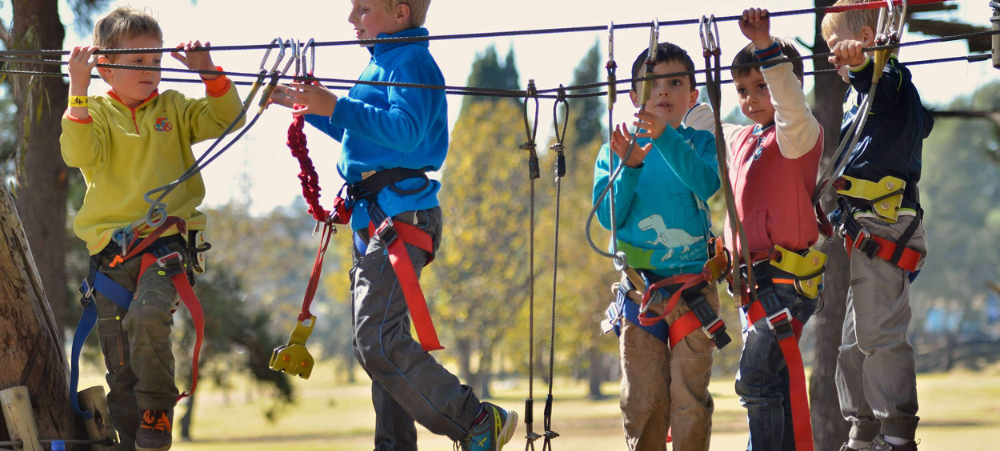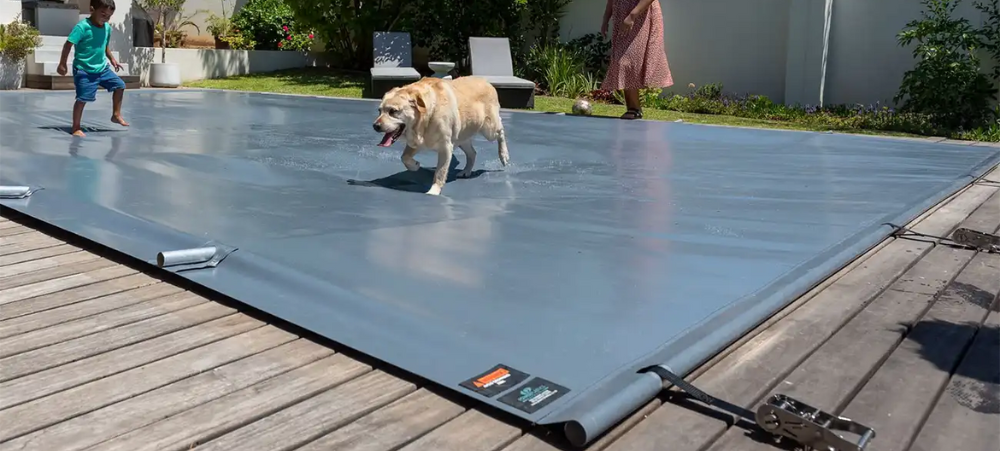Creating a positive home environment is essential for the well-being of every family member. A supportive and nurturing atmosphere promotes happiness, reduces stress, and enhances overall quality of life. Here are some practical tips to help you foster a positive home environment for your family.
1. Foster Open Communication
Encourage open and honest communication among family members. Set aside regular times for family discussions, where everyone can share their thoughts and feelings without judgment. This practice not only strengthens relationships but also helps children feel valued and understood.
2. Set a Positive Tone
The atmosphere of your home is often influenced by your attitude and behaviours. Model positivity by expressing gratitude, kindness, and understanding. Celebrate small victories, encourage each other, and approach challenges with a can-do attitude. A positive tone can inspire the same in your family members.
3. Create a Safe Space
Ensure your home is a safe and secure environment. This includes physical safety—such as childproofing areas for younger kids—and emotional safety, where family members feel comfortable expressing their thoughts and feelings. Let your home be a refuge from the outside world.
4. Establish Routines
Routines provide structure and predictability, which can reduce anxiety and stress. Develop daily or weekly routines for chores, family meals, and relaxation time. Having a predictable rhythm helps everyone know what to expect, making the home environment more stable and secure.
5. Encourage Individual Interests
While family time is important, it’s equally essential to support individual interests and hobbies. Allow each family member to pursue their passions, whether it’s sports, arts, or reading. Encouraging individuality fosters a sense of identity and self-esteem, contributing to a positive home environment.
6. Declutter and Organise
A cluttered home can lead to stress and distraction. Take time to declutter and organise your living spaces. Involve the whole family in the process, turning it into a fun activity. A tidy home promotes a sense of calm and makes it easier to maintain a positive atmosphere.
7. Prioritise Quality Family Time
Make a conscious effort to spend quality time together as a family. Engage in activities that everyone enjoys, such as game nights, movie marathons, or outdoor adventures. Quality time strengthens bonds and creates lasting memories, reinforcing a sense of togetherness.
8. Practice Empathy and Kindness
Encourage empathy and kindness within your home. Teach children to understand others’ feelings and perspectives. This practice not only cultivates a positive environment but also helps them develop strong social skills that will benefit them throughout life.
9. Create a Positive Physical Environment
The physical space of your home plays a significant role in creating a positive atmosphere. Consider the colours, decor, and arrangement of furniture. Use soothing colours, incorporate plants, and create cozy areas for relaxation. A welcoming space can uplift moods and promote a sense of peace.
10. Lead by Example
As a parent or caregiver, remember that you are a role model for your children. Demonstrate positive behaviours, such as problem-solving, kindness, and gratitude. Children learn by observing their parents, so embodying the values you wish to instil in them is crucial.
Conclusion
Creating a positive home environment takes effort and intention but yields rewarding results. By fostering open communication, promoting individuality, and prioritising family time, you can build a nurturing space where everyone feels valued and supported. Remember, a happy home leads to happy hearts, making it a place where love and positivity thrive.
We understand that there are many aspects that encompass a Mother, Father or Child and strive toward providing resources and services that accommodates this.
Our content is aimed to inform and educate families on issues starting from pregnancy through to the challenges of the teen-age years.
- Bring Christmas Magic Home: How Elf on the Shelf Turns Every Morning Into a Little Adventure - November 3, 2025
- Bonitas and partners drive family health access at Mpumalanga Family Health Day - October 31, 2025
- Encouraging Curiosity: Helping Kids Explore and Learn Through Questions - October 31, 2025






1 thought on “Creating a Positive Home Environment: Tips for a Happier Household”
These are such good tips. I have seen how empathy and kindness overflows from my girls when it is what they see, live, and know.